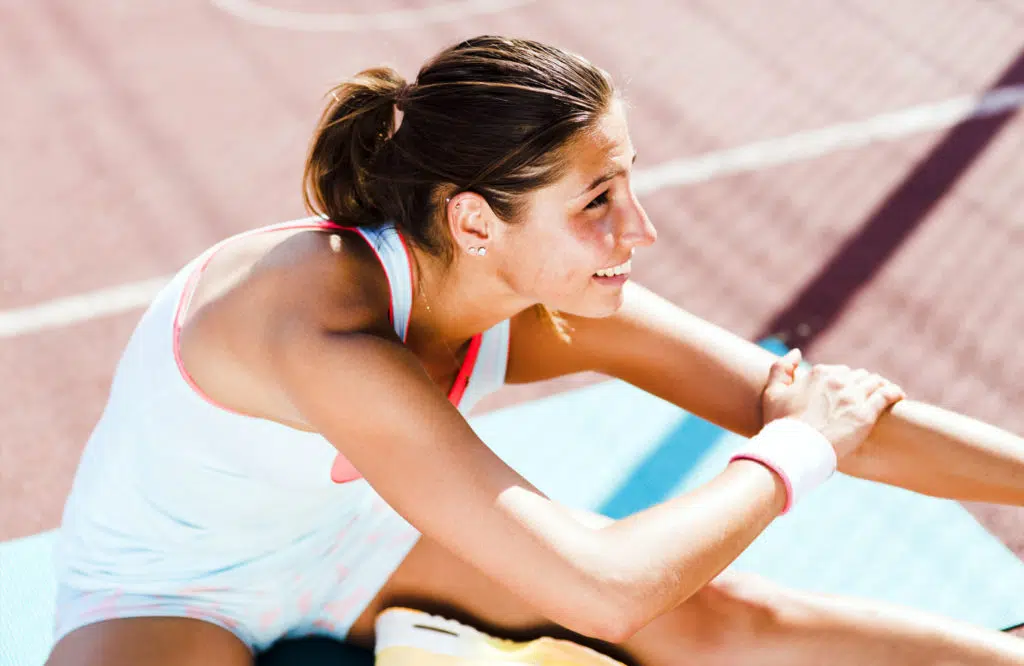Stretching is a simple but important part of any exercise routine. It prevents injuries and improves performance by increasing blood flow to the muscles, which helps them work more efficiently.
It also increases flexibility in the joints, allowing for better movement without stress on the body. Padel tennis players should stretch before and after playing a game to prevent injury that can come from tight muscles.
In this article, we will discuss why stretching is important for all types of racquet sport players, including tennis players, paddle tennis players, and padel players!
- Why is stretching important?
- The benefits of stretching:
- How do I warm up before a padel match?
- Four essential stretches in padel tennis
- What is the difference between static and dynamic stretching?
- What is the difference between passive and active stretching?
- When should you avoid stretching your muscles?
- How do you stretch for tennis?
Why is stretching important?
It is important because it reduces muscle soreness, improves performance, and increases flexibility in joints. It is good for injury prevention too!
There are many benefits of stretching that make it a must-do activity for any padel tennis or paddle tennis player.
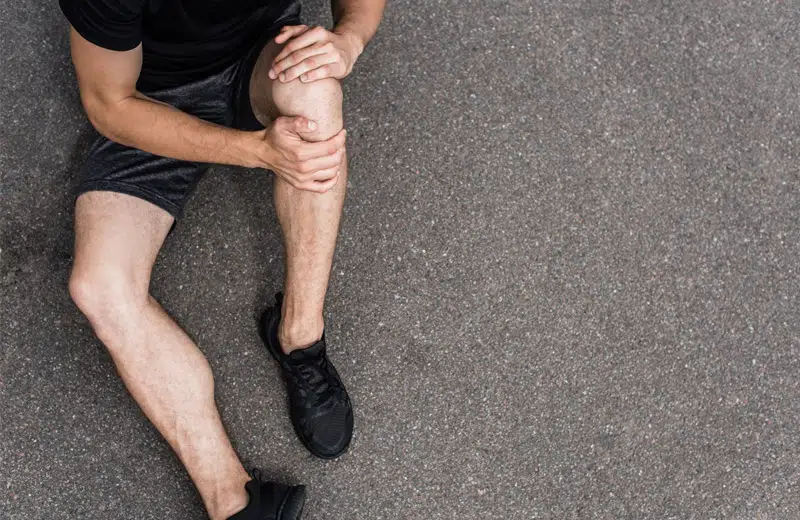
The benefits of stretching:
It prevents injuries by increasing flexibility in the joints. It can help you avoid common injuries like tennis elbow and knee problems.
It also increases blood flow to muscles, which improves performance!
It helps prevent soreness and injury that can come from tight muscles!
The benefits of stretching are endless for padel players and paddle tennis players. Whenever you have time during a game or practice session, make sure you take the time to stretch.
How do I warm up before a padel match?
It is important to properly warm up before playing a padel tennis match.
To warm up, you can do some dynamic stretches or work on your technique with the ball. Be sure not to push yourself too hard though! You don’t want anything to happen during an intense game because you overworked your muscles beforehand.
If you are stretching before a game, make sure to use dynamic and not static exercises to warm up the muscles and joints. We explain the differences between dynamic and static stretches below.
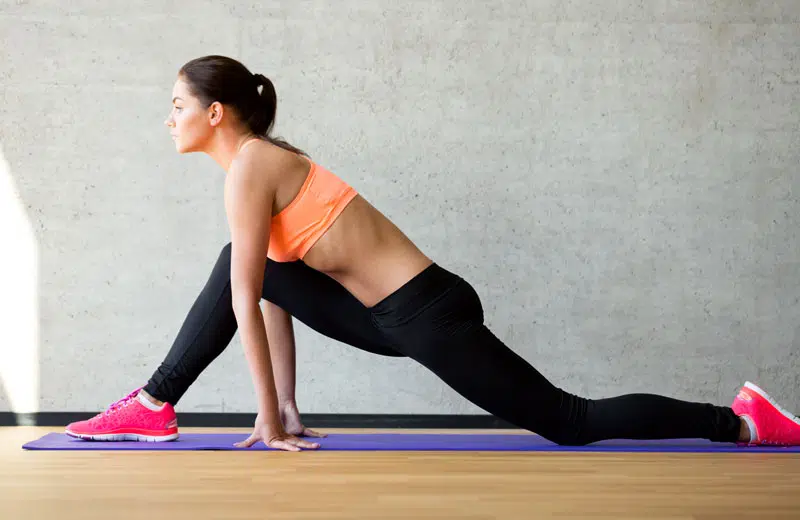
Four essential stretches in padel tennis
In this exercises guide, we give you four essential stretches that every padel player could after playing. The exercises include both lower body and upper body stretches.
Make sure to change exercises if you feel any pain or discomfort. If you feel any pain or a stretch becomes difficult as your muscles start to fatigue, stop the exercise!
Hamstring stretch
Stand on one leg, raise the other. Bend until you feel a stretch in your hamstrings (back of thighs). Hold for 30 seconds, then switch to the other leg. Repeat three times on each side. You can also stretch your hamstrings by lying on the ground and raising one leg.
Hip flexors stretch
Lie face down, with both hands touching the ground behind you. Keep back straight as you push hips up off of the floor (bending at the waist). Hold for 30 seconds then switch to another side. Repeat three times on each side.
Calf stretch
Stand on one leg, and bend the other at a 90-degree angle. Keep your back straight as you push hips off of the ground to feel a stretch in your calf (back of lower legs). Hold for 30 seconds then switch sides. Repeat three times on each side.
Shoulder joint stretch
Stand with feet shoulder-width apart, and arms overhead. Press elbows back as far as possible (keeping hands relaxed). Hold for 30 seconds then switch to another side. Repeat three times on each side.
The four stretches mentioned are just a few examples of the many stretching for padel tennis exercises that can be done before or after playing matches.
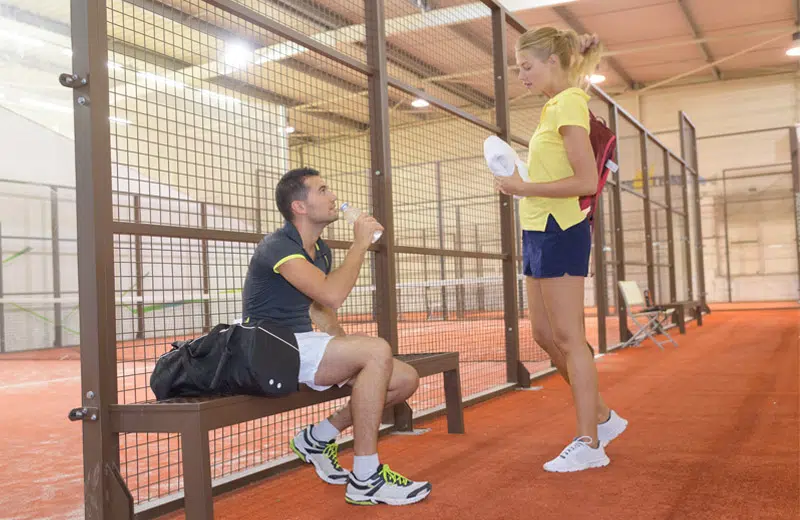
What is the difference between static and dynamic stretching?
Static stretches are when it is held for an extended period of time. Dynamic stretches involve moving and holding the position only briefly while feeling tension in the muscles, then releasing.
Padel tennis players should do dynamic stretches before playing to get their muscles warmed up – this will prevent injuries!
Static stretching after a game is also important because it will help muscles cool down and recover.
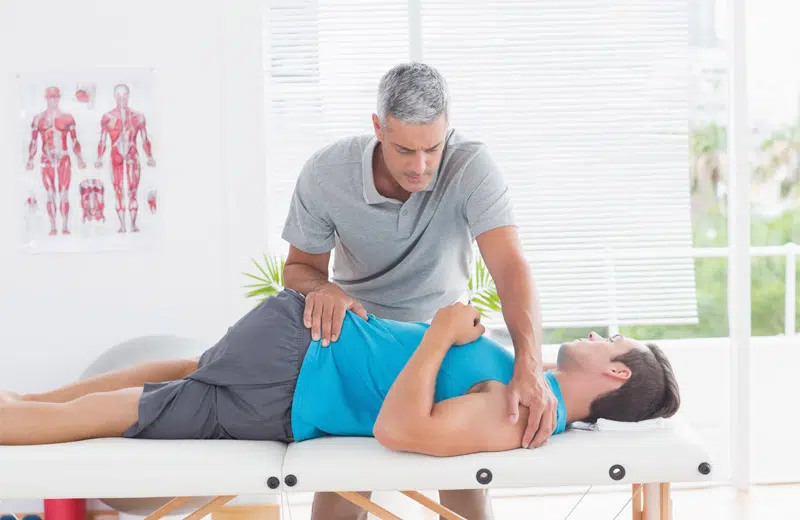
What is the difference between passive and active stretching?
Passive stretching is when the person doing the stretch relaxes and allows a muscle to be stretched. It could be with the help of another person or with a stretch band.
Active stretching is when the person doing the stretch actively moves their body to get an increased range of motion and flexibility, without any help from another person or equipment.
Passive stretches are better for people who cannot initiate muscle movement themselves (elderly, injured). They promote relaxation and flexibility in one area while active stretches are better for those looking to gain strength and mobility in a particular area of the body.
When should you avoid stretching your muscles?
- Avoid static stretches when you want to maintain explosiveness and elasticity in your muscles before a paddle session. Like a rubber band, the muscle has good elasticity. Static stretches of a muscle before a workout causes the muscle to become limp.
- Hypermobile individuals. Joint hypermobility occurs when the joints are in extreme positions, such as passing straight arms or legs. In other words, you shouldn’t strive for extremes as they can harm you. In order to maintain the elasticity around the joint, a hypermobile person should not stretch these body parts.
- Muscles that have been strained or ruptured in the first days afterward. Later on, stretching can speed up the rehabilitation process.
How do you stretch for tennis?
The same principles apply to tennis players as for padel and paddle tennis players or any other racquet sport. Warm up properly before a game using dynamic exercises, and use static exercises after a match.
Now that you know the benefits of stretching, and what types of stretches to do before and after playing padel tennis, or paddle tennis matches, make sure to do it before every game! You’ll thank yourself later when avoiding injury or soreness.
